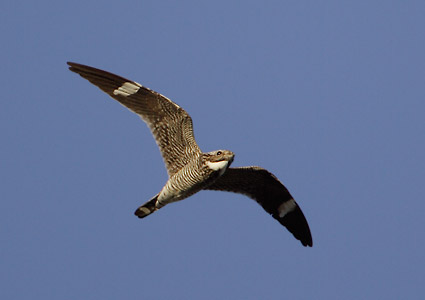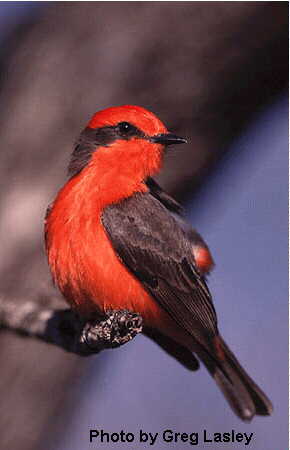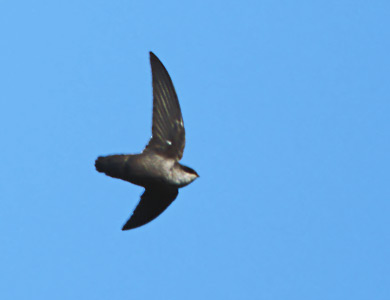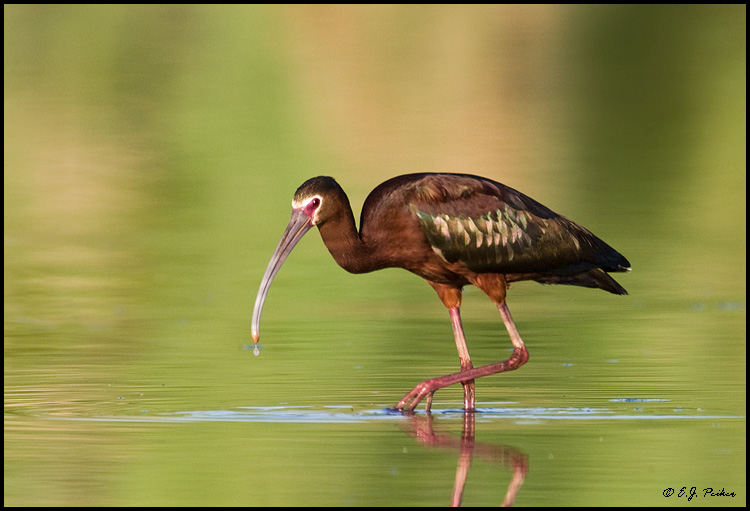Last week,
Sheri Williamson and I slipped out of an Arizona Audubon meeting for a couple hours so I could go see my first White-eared Hummingbird at Beatty's Guest Ranch near Sierra Vista. While discussing stereotypical bird listers that don't care about conservation (we both emphatically denied being such crass listers), Sheri mentioned that what we needed was some new concept of Deep Twitching...like Deep Ecology, something that gave more conservation substance to our love of chasing after new birds.
This past week I've thought alot about Deep Twitching, and maybe something like Deep Listing, or even Deep Birding. Towards that end, I propose an initial rule for Deep Twitching:
Only birds reported to a larger citizen science bird conservation project can be counted.
That goes for life birds, state birds, county birds, yard birds...whatever. They only count if they are entered into a bigger data set that can help guide conservation planning. If you just write them in your book, the birds don't count.
And the good news is that with the brand new release of eBird 2,
Audubon and
Cornell Lab of Ornithology have just made it easier than ever to Deep List. You can now keep track of your Life, State, County, and Yard (or any other location) lists online at eBird. Just go to
eBird.orgenter in your location, click a couple boxes, and in less time than it takes to read this message, you can report all the birds you've seen so far this morning.
The new, improved eBird2 lets you see all your sightings, all your lists, as well as maps of everyone else's sightings. By reporting all your sightings here, your data isn't lost in your notebooks, it goes towards helping chart the distribution and abundance of the birds in your yard, county, state, and the whole country...
..which makes your sightings eligible for Deep Listing!
And here are some great ways to encourage Deep Listing with eBird:
--Get backyard birders to enter their backyard sightings.
--Get nature centers or refuges to keep their sightings online
--Have all competitive state, county, or ABA listers submit their lists
--Have a contest to see who in your Audubon chapter or birding club can submit the most lists in a year...the most sightings...visit the most places in your area, etc.
--See how many of your club members can submit the most historical sightings from their old notebooks
Use your creativity. Get folks fired up. You don't have to have an ABA list of 800+ to be the best Deep Lister. But you do have to enter your bird sightings.
Check out the new eBird 2. Its fantastic. And can be a great tool for your local bird conservation efforts.
What if everyone in your local area regularly reported to eBird the birds in their backyard? The interesting birds they see on the way to work? All the birds they see at the local state or city park? You could then use eBird to generate maps of bird distribution in your area...and seasonal abundance checklists, or...
What if when the next Big Real Estate Development comes to your community, and you want to do something about it--and you actually have real data on local bird abundance and distribution from eBird to back you up in your attempts to influence a zoning board, county board of supervisors, developer, etc.
Let me be the first to take the Deep Twitching pledge...
I will only count bird sightings that are entered into eBird or some other citizen science database!
While that means that my ABA list has just dropped down to 206 species and my Texas list has only 1 (shameful!!) species (as of this morning)...its just a matter of time before I get my old sightings entered into eBird so my Deep Birding lists will grow.
Deep Twitching...more than just an obsession!












 For a week in August, I helped put on an Audubon Chapter Leadership Seminar on
For a week in August, I helped put on an Audubon Chapter Leadership Seminar on 


